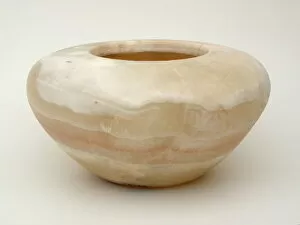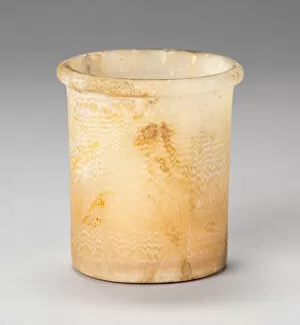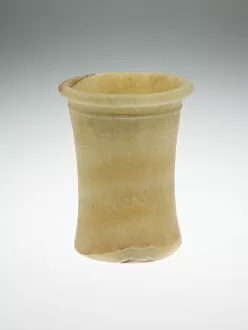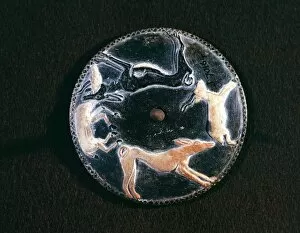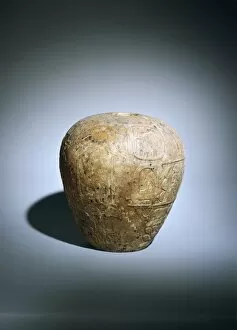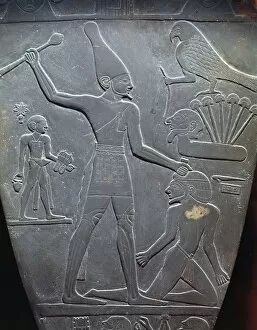1st Dynasty Collection
"Exploring the Magnificence of Egypt's 1st Dynasty: A Glimpse into Ancient Vessels and Artifacts" Step back in time to the Early Dynastic Period-Early Old Kingdom
For sale as Licensed Images
Choose your image, Select your licence and Download the media
"Exploring the Magnificence of Egypt's 1st Dynasty: A Glimpse into Ancient Vessels and Artifacts" Step back in time to the Early Dynastic Period-Early Old Kingdom, as we delve into the fascinating world of Egypt's 1st dynasty. Spanning from about 3000-2613 BCE, this era witnessed the rise of a powerful civilization that would leave an indelible mark on history. Among the treasures unearthed from this period are exquisite vessels that offer a glimpse into ancient Egyptian craftsmanship. From cups to jars, these artifacts showcase intricate designs and impeccable attention to detail. Created during Dynasty 1-8 (about 3000-2160 BCE), they serve as testaments to the artistic prowess of their unknown creators. As we venture further into this captivating epoch, we encounter more vessels dating back to Archaic Period / Old Kingdom (3050-2630 BCE). These remarkable pieces were also crafted by anonymous artisans who poured their creativity and skill into each stroke. Their work stands as a testament to both their dedication and reverence for beauty. Beyond vessels, other intriguing relics emerge from Egypt's rich past. The spinning top in black soapstone with dogs and gazelles discovered in Tomb of Hemaka at Saqqara offers insight into recreational activities enjoyed by ancient Egyptians. One artifact that holds particular significance is the schist votive Narmer Palette. This masterpiece depicts Pharaoh wearing the Red crown of Lower Egypt while two felines intertwine their necks below him—a symbol of unity between Upper and Lower Egypt under his rule. It serves as evidence of early political consolidation within Egyptian society. Lastly, we come across a head club bearing Narmer's name—an emblematic representation linking it directly to one of Egypt's most influential pharaohs. This discovery sheds light on warfare practices during this era while providing valuable insights into leadership structures prevalent at that time.

